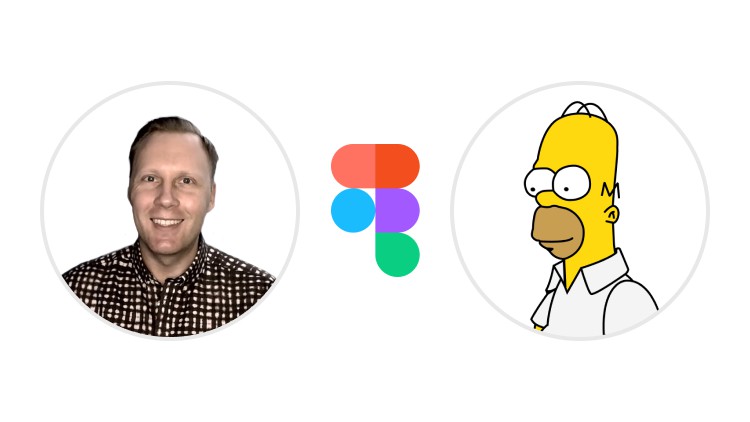
Learn the basics of vector graphics by sketching Homer Simpson with me
What you will learn
The basics of scalable vector graphics on Figma
How to use vector tools on Figma
How to sketch Homer Simpson from start to finish
How to draw any vector object on Figma
Description
While vector graphics might seem challenging to learn, it is essential in UX/UI design and web design in general. I remember delaying my learning or thinking that vector graphics were primarily for illustrators, and as a UX/UI designer, I believed it wasn’t necessary for me. However, once I overcame that hurdle and learned to use vector tools effectively, I discovered that I actually enjoy working with it a lot.
Scalable Vector Graphics on Figma – Part 1
This is a step-by-step course designed for beginners. It aims to gradually introduce the essential tools and concepts, significantly simplifying the learning process. Throughout the course, we will dive into drawing Homer Simpson on Figma, while acquiring a solid foundation in the fundamentals of vector graphics.
Once you complete the training, you will gain the knowledge and skills to sketch any other image or object using the same approach.
Remember, that this is a beginner-friendly course. Each and every step will be explained and covered in detail so that you can easily follow along with me.
This training course is free and will remain so. I really hope that you will consider joining, and I look forward to seeing you inside.
What is SVG?
Scalable Vector Graphics (SVG) is a format for displaying two-dimensional vector graphics on the web. Unlike raster images (such as JPEG or PNG), SVGs use mathematical equations to define shapes and lines, allowing them to be scaled and resized without losing quality. They are resolution-independent and can be easily manipulated and animated using CSS and JavaScript. SVGs are widely supported by modern web browsers and are commonly used for icons, illustrations, logos, and interactive graphics.
Content